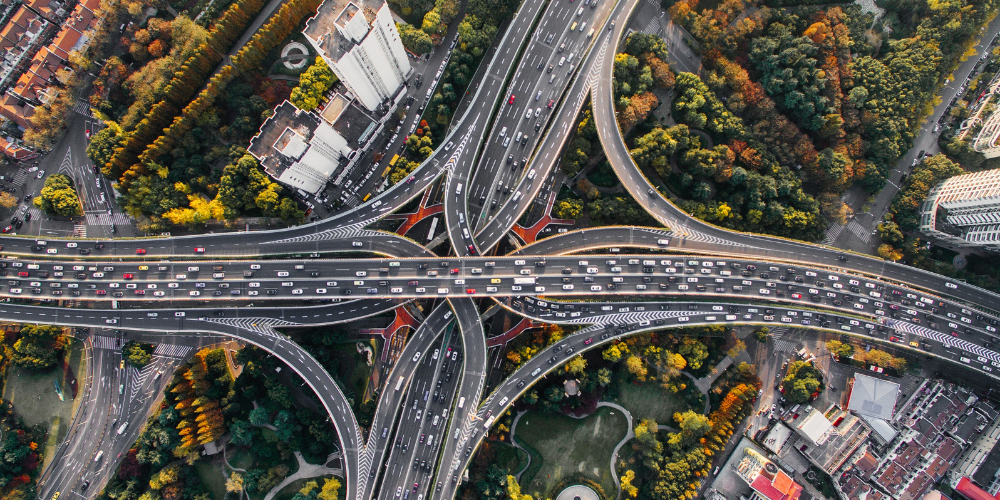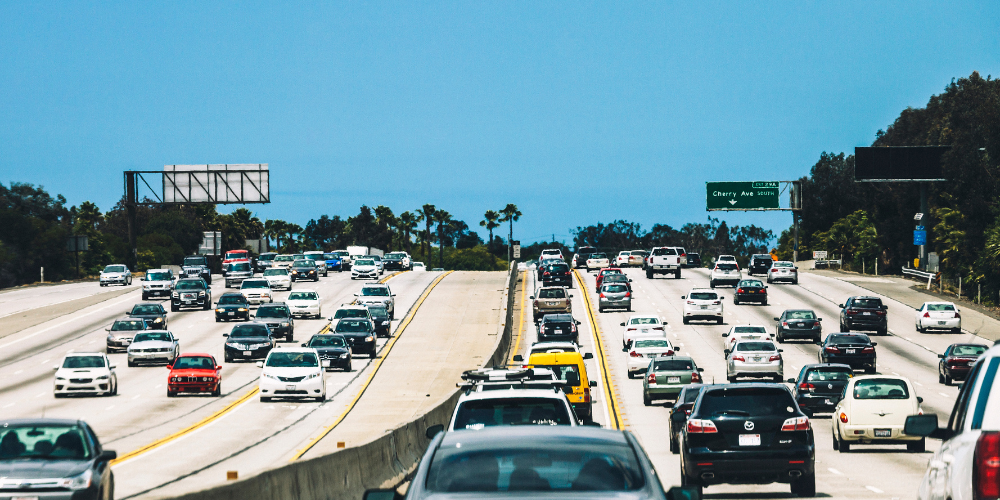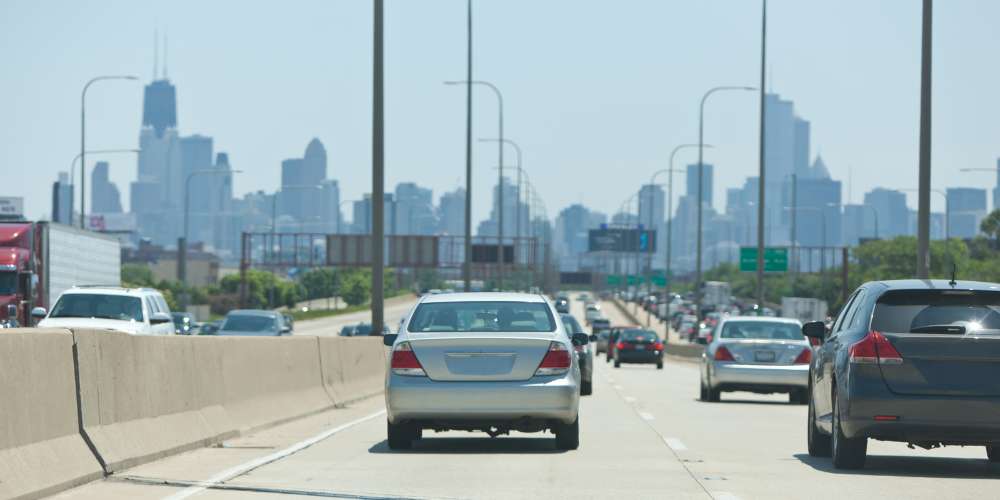While we recommend seeing a chiropractor after a car accident, the most important way to…

5 Safe Highway Driving Practices
Driving on the highway or freeway is often essential when you commute to work, travel on vacation, or need to get quickly from one end of town to the other. With the necessity for highways and freeways growing, the traffic also increases. The more cars there are on the road, the more important it is to drive carefully. To keep you and your family safe, we’ve put together a list of 5 safe highway driving practices.
Avoid rush hour

During rush hour, there are more cars on the road which often leads to traffic jams, heightened tempers, and weaving cars. Not only will avoiding rush hour save you time and gas, it will also keep you safer. Rush hour is generally between the hours of 7 to 9 am and 4 to 5:30 pm. Sometimes, it’s worth it to leave a little earlier or a little later, especially if you’re driving around or in a big city.
Increase following distance

With the increased speeds that come with highway or freeway driving comes an increased risk of crashing. When a car in front of you either hits their brakes or slows down suddenly, it can take less time for you to stop or slow down. In order to compensate for the fast reaction times required, it’s a good idea to increase your following distance. The general guidelines for following distance is 3 seconds, but on the highway or freeway and in inclement weather, 5 seconds is an even better idea.
Signal with plenty of time

It’s always a good idea to signal to other drivers on the road where you are moving. It is recommended to signal 900 feet before you make a change on the highway. Especially at night or on crowded roads, blinkers are essential for driving and communicating. On the highway or freeway, the more heads up you can give other drivers to give you space to merge or switch lanes the better.
Check your blind spots

Often, highways or freeways have slimmer lanes than other types of roads. This means that cars can be closer to your vehicle in the other lanes. Besides just being closer, the highway speeds lead to a lot of cars coming and going past you. To avoid accidentally merging into a car that you didn’t see, it’s important to check your blind spots with plenty of time before you make a move. Rather than simply relying on your rearview mirrors, taking a second or two to actually turn and look directly out your back windows will help keep you and others safe.
Pass on the left

Highway or freeway speeds are much more variable than other kinds of roads. With the differing speeds, it’s common to pass slower traffic or allow other faster cars to pass. While speeding is both unsafe and likely to earn you a ticket, sometimes you will need to pass cars that are driving slower than the speed limit. It’s important to avoid swerving and chaotic driving by only passing slower traffic in the left lane. When passing, following common sense is the best rule of thumb on the highway.
Accidents happen
Despite your best efforts, accidents can happen. If you find yourself recovering from a car crash, one of the most important calls you can make is to Accident Treatment Centers. Whether you’re suffering from a new injury or dealing with a flare up of an old injury, Accident Treatment Centers can provide specialists who can help you heal from accident injuries.
For more information, please contact us.



